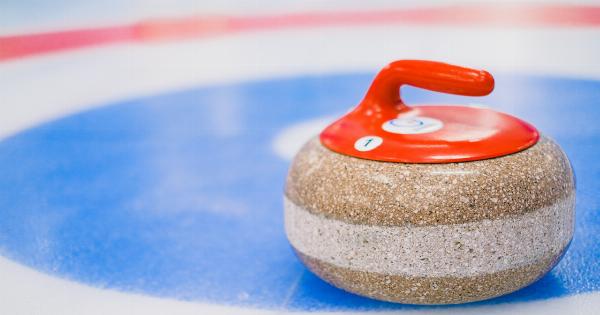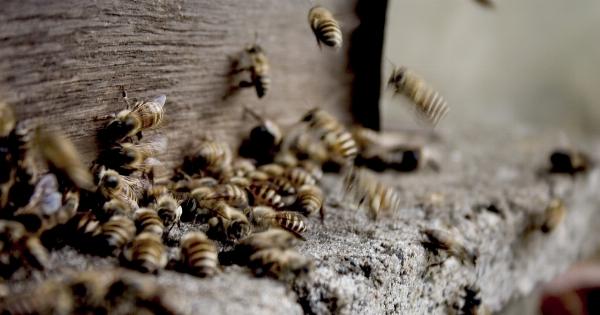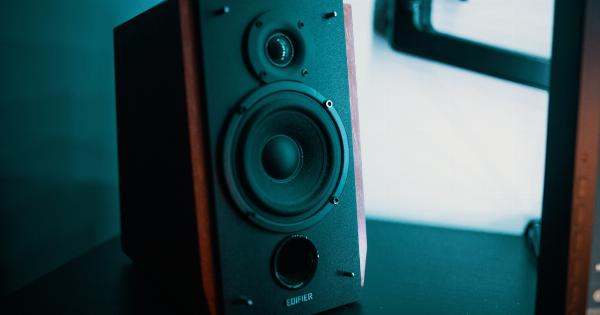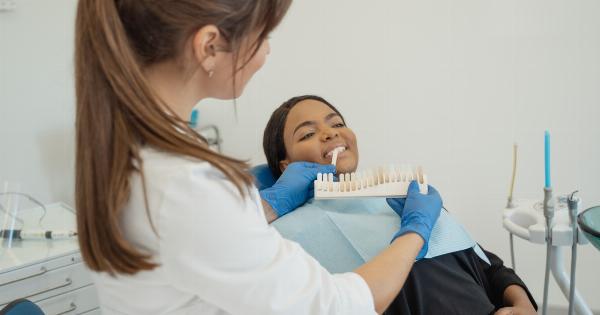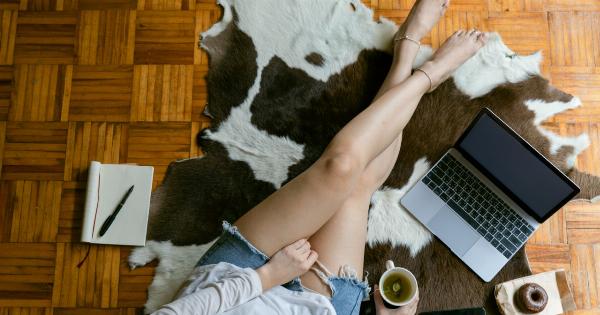Blisters are a common skin condition, characterized by the formation of fluid-filled bumps on the skin. They are usually caused by friction, burns, insect bites, and allergies.
Blisters can be painful and uncomfortable, but they can also be treated and prevented. Here are 30 ways to treat and prevent blisters:.
Treating Blisters
1. Keep it clean
Wash the area with soap and water, and keep it clean to prevent infection.
2. Apply a cold compress
Apply a cold compress or ice wrapped in a towel to reduce inflammation and pain.
3. Apply aloe vera
Aloe vera can help soothe the skin and reduce inflammation. Apply gel directly from the plant or use a store-bought product.
4. Apply antibiotic ointment
Apply antibiotic ointment to prevent infection and help the blister heal faster.
5. Cover it with a bandage
Use a bandage or blister pad to protect the blister and provide cushioning from further friction or pressure.
6. Don’t pop it
Avoid popping the blister as it can increase the risk of infection and delay healing.
7. Use over-the-counter pain relief
Use over-the-counter pain relief such as ibuprofen or acetaminophen to reduce pain and inflammation.
8. Stay away from irritants
Avoid irritants such as chemicals and allergens that can exacerbate the blister.
9. Use honey
Honey has antibacterial properties and can help speed up the healing process. Apply a small amount to the blister and cover with a bandage.
10. Apply tea tree oil
Tea tree oil has antiseptic properties and can help prevent infection. Dilute and apply a small amount to the blister.
11. Use chamomile
Chamomile has anti-inflammatory properties and can help reduce pain and inflammation. Brew and apply a compress to the blister.
12. Apply turmeric
Turmeric has anti-inflammatory properties and can help reduce pain and inflammation. Mix with water to form a paste and apply to the blister.
13. Apply witch hazel
Witch hazel has astringent properties and can help dry out the blister. Apply a small amount to the blister.
14. Apply apple cider vinegar
Apple cider vinegar has antibacterial properties and can help prevent infection. Dilute and apply a small amount to the blister.
15. Use aloe vera and vitamin E oil
A mix of aloe vera and vitamin E oil can help speed up the healing process and reduce scarring. Mix and apply to the blister.
Preventing Blisters
16. Wear well-fitting shoes
Wear shoes that fit well to reduce friction and pressure on the feet.
17. Wear moisture-wicking socks
Moisture-wicking socks can help keep the feet dry and reduce the risk of blisters from sweat.
18. Use foot powder
Foot powder can help reduce friction and absorb moisture.
19. Wear gloves
Wear gloves when using tools or performing activities that involve repetitive motions to reduce friction on the hands.
20. Use protective gear
Use protective gear such as knee pads, elbow pads, and helmets when performing activities that involve impact or pressure on the body.
21. Use lubricants
Use lubricants such as petroleum jelly or anti-chafing sticks on areas prone to friction.
22. Break in new shoes
Gradually break in new shoes to reduce friction and prevent blisters.
23. Stretch before exercise
Stretch before exercise to reduce the risk of cramping and muscle strain, which can increase friction and pressure on the feet.
24. Taper off activity
Taper off activity gradually to prevent sudden increases in friction and pressure on the feet.
25. Check your gear
Ensure your gear such as backpacks, straps, and harnesses fit well and do not rub against the skin, causing friction.
26. Use insoles
Use insoles or orthotics to provide cushioning and support to the feet.
27. Use silicone cushions or moleskin
Silicone cushions or moleskin can provide additional cushioning and padding to areas prone to blisters.
28. Don’t wear cotton socks
Cotton socks can retain moisture and increase the risk of blisters. Opt for moisture-wicking socks instead.
29. Know your limits
Don’t push yourself beyond your limits, as fatigue can lead to blisters.
30. Stay hydrated
Drink plenty of water to stay hydrated, as dehydration can lead to dry skin and increased friction.













